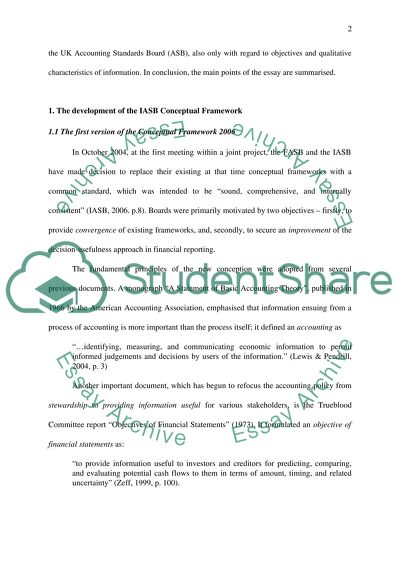Cite this document
(“IASB improved conceptual framework for financial reporting Essay”, n.d.)
Retrieved from https://studentshare.org/finance-accounting/1405432-iasb-improved-conceptual-framework-for-financial-reporting
Retrieved from https://studentshare.org/finance-accounting/1405432-iasb-improved-conceptual-framework-for-financial-reporting
(IASB Improved Conceptual Framework for Financial Reporting Essay)
https://studentshare.org/finance-accounting/1405432-iasb-improved-conceptual-framework-for-financial-reporting.
https://studentshare.org/finance-accounting/1405432-iasb-improved-conceptual-framework-for-financial-reporting.
“IASB Improved Conceptual Framework for Financial Reporting Essay”, n.d. https://studentshare.org/finance-accounting/1405432-iasb-improved-conceptual-framework-for-financial-reporting.


